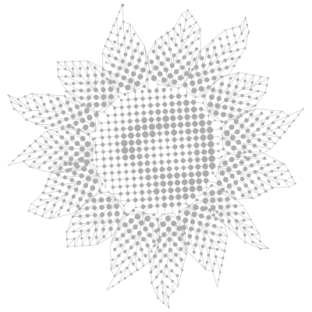Removal of nutrients by crops
When we harvest, we not only get the product, but also deplete the soil of important nutrients! It’s important to understand how much nitrogen, phosphorus (P) and potassium (K) is removed from our field with the grain.
How do you calculate the nutrient removal on your crop?
The formula for the calculation:
Nutrient leaching = Yield (t/ha) x Nutrient leaching rate (kg/t)
Examples for different crops:
- Corn
A yield of 9.4 tons per hectare yields 151 kg of nitrogen, 63 kg of phosphorus and 46 kg of potassium.
- Wheat
For each ton – 27 kg of nitrogen, 14 kg of phosphorus and 8 kg of potassium.
Where can I find out the removal rate?
These values are usually provided in the scientific literature or can be obtained through laboratory analysis of grain.
*an example of the table is shown in the photo
Important!
Information about nutrient removal is not sufficient by itself to develop fertilizer recommendations, as it does not take into account the ability of soils to retain and provide nutrients.

Write to us
and we will find an opportunity
for cooperation


